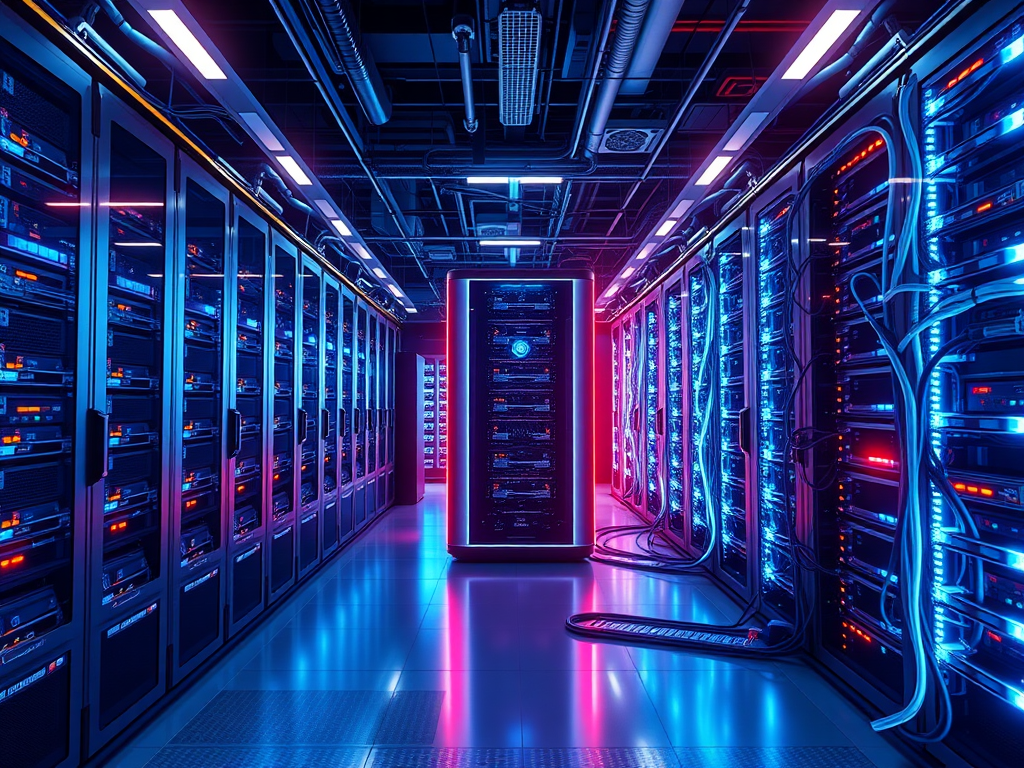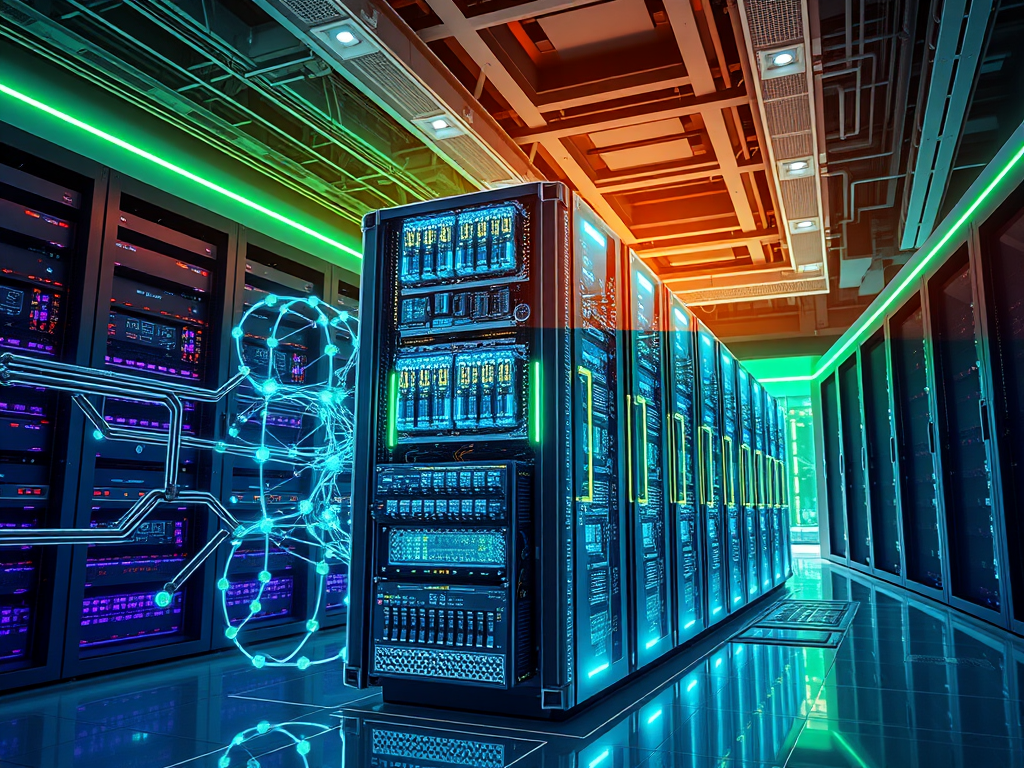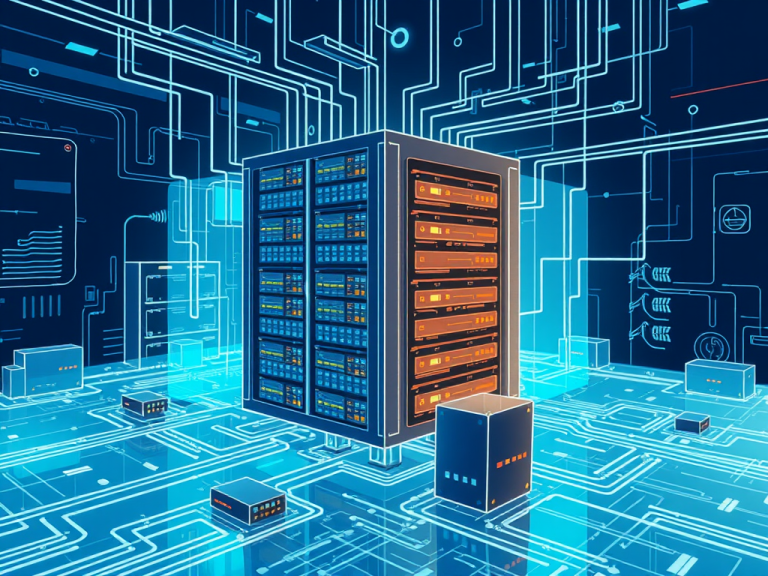
High-Performance Computing (HPC) is essential for scientific research, engineering, and data analysis. As technology continues to improve, HPC systems are becoming more powerful and versatile. This article explores key trends and innovations that will shape the future of HPC, making it easier to understand for everyone.
1. Exascale Computing
Exascale computing refers to systems capable of performing a quintillion calculations per second. This level of performance will allow researchers and engineers to tackle complex problems that were previously impossible to solve. Many countries, including the United States, China, and members of the European Union, are investing heavily in developing exascale supercomputers.
Key Innovations:
- New Chip Designs: Innovations in processor designs, such as ARM and RISC-V, are being developed to achieve exascale performance. These new chips can process data more efficiently and handle larger workloads.
- Advanced Cooling Solutions: As supercomputers become more powerful, they generate more heat. Efficient cooling solutions, like liquid cooling and immersion cooling, are becoming essential to keep these systems running smoothly and to prevent overheating.
Impact on Research and Industry:
Exascale computing will enable breakthroughs in various fields, including climate modeling, drug discovery, and materials science. For example, researchers can simulate complex chemical reactions in real time, leading to faster development of new medicines.
2. AI and Machine Learning Integration
The integration of artificial intelligence (AI) and machine learning (ML) into HPC systems is transforming how data is processed and analyzed. By leveraging HPC, AI models can be trained more quickly and efficiently, making it easier to extract insights from large datasets.
Key Innovations:
- AI-Optimized Hardware: Graphics Processing Units (GPUs) and Tensor Processing Units (TPUs) are now being designed specifically for AI tasks. These specialized processors can perform many calculations simultaneously, speeding up the training of AI models.
- AI-Driven Workflows: New AI tools are being developed to optimize how resources are allocated and how jobs are scheduled in HPC environments. This leads to better performance and reduced waiting times for users.
Benefits for Various Industries:
Industries like finance, healthcare, and autonomous vehicles can benefit immensely from AI-integrated HPC. For instance, financial institutions can analyze market trends in real time to make better investment decisions.
3. Quantum Computing
Quantum computing represents a new frontier in computational power, offering the potential to solve problems much faster than traditional computers. Although still in the early stages of development, the combination of HPC and quantum computing is a promising area of research.
Key Innovations:
- Hybrid Systems: Researchers are exploring ways to combine classical HPC with quantum processors. This hybrid approach allows specific problems to be solved more efficiently, leveraging the strengths of both technologies.
- Quantum Algorithms: New algorithms designed for quantum computers can outperform classical algorithms in particular areas, such as optimization and encryption.
Potential Applications:
Quantum computing could revolutionize fields like cryptography, materials science, and complex system modeling. For example, it may enable the discovery of new materials with unique properties that could lead to advancements in technology.
4. Cloud and Edge Computing
The rise of cloud computing is changing how HPC resources are accessed and utilized. Instead of relying solely on on-premise supercomputers, organizations can now leverage cloud-based HPC services for scalability and cost-effectiveness. Additionally, edge computing is emerging as a solution to process data close to its source, reducing latency.
Key Innovations:
- Serverless HPC: This model allows users to run HPC tasks without needing to manage the underlying infrastructure. Users can focus on their applications while the cloud provider handles resource management.
- Distributed Computing Models: New frameworks are being developed to distribute tasks across multiple locations, optimizing performance and making it easier to manage large-scale computations.
Advantages for Users:
Cloud and edge computing provide flexibility and scalability. For example, researchers can quickly scale up resources during peak workloads without investing in expensive hardware.
5. Enhanced Data Management
As data volumes continue to grow, effective data management becomes crucial. HPC systems are evolving to handle vast datasets more efficiently, ensuring that data can be accessed and processed quickly.
Key Innovations:
- Data Lakes and Warehouses: Integrating data lakes with HPC environments allows for seamless data access and analysis. This means that researchers can easily retrieve necessary data without delays.
- Improved I/O Technologies: Innovations in storage and input/output technologies, such as NVMe and solid-state drives (SSDs), are enhancing data throughput, making it faster to read and write data.
Impact on Research and Industry:
Efficient data management leads to faster insights and discoveries. For instance, in healthcare, researchers can quickly analyze patient data to identify trends and improve treatment strategies.

6. Sustainability and Energy Efficiency
The environmental impact of HPC is becoming increasingly important. As the demand for computational power grows, so does the need for sustainable practices in HPC design and operation.
Key Innovations:
- Energy-Efficient Architectures: Developing low-power processors and energy-efficient designs helps reduce the overall energy consumption of HPC systems.
- Green Data Centers: Many data centers are adopting renewable energy sources and energy-efficient cooling systems to minimize their carbon footprint.
Importance for the Future:
Sustainable HPC practices not only help the environment but also reduce operational costs. Organizations that prioritize sustainability can benefit from lower energy bills and a better public image.
Conclusion
The future of High-Performance Computing is bright, filled with exciting possibilities. As we see advancements in exascale computing, AI integration, quantum technologies, cloud services, data management, and sustainability, HPC will continue to play a crucial role in solving important global challenges. Staying informed about these trends will be essential for researchers, engineers, and organizations looking to harness the power of HPC in the years ahead. By embracing these innovations, we can unlock new levels of discovery and problem-solving that will benefit society as a whole.






